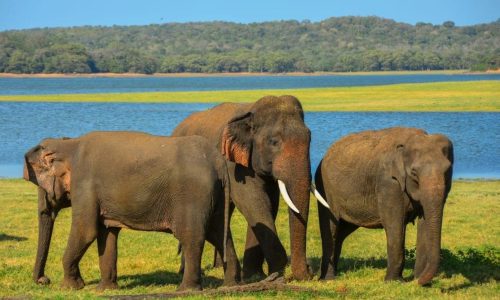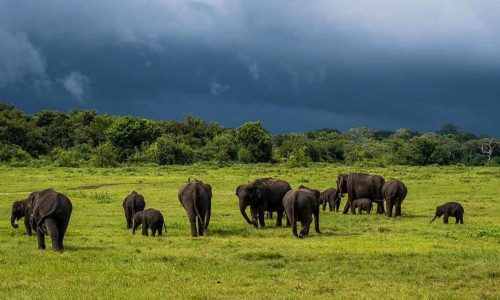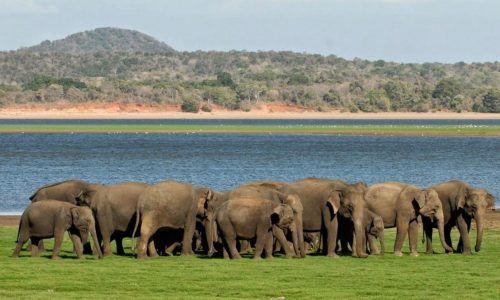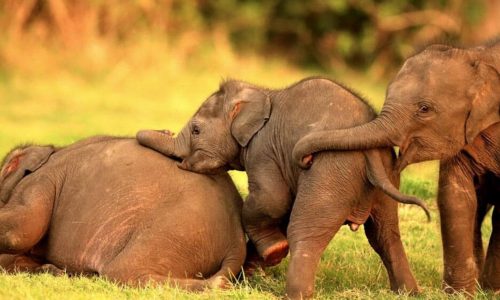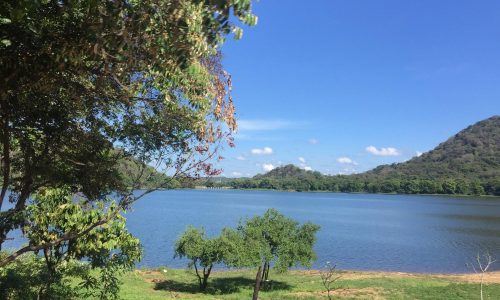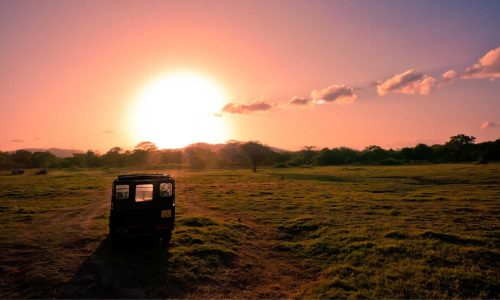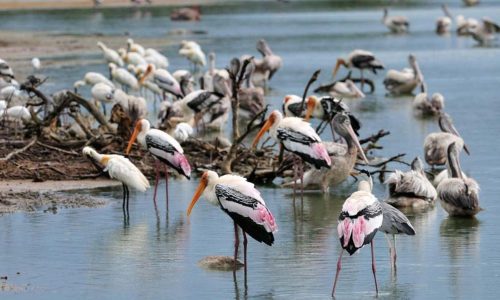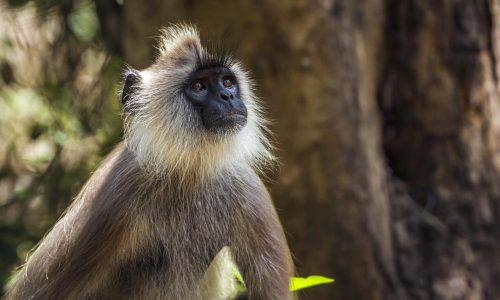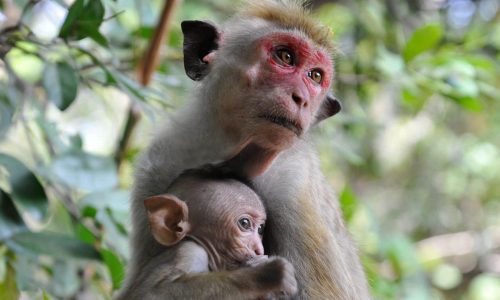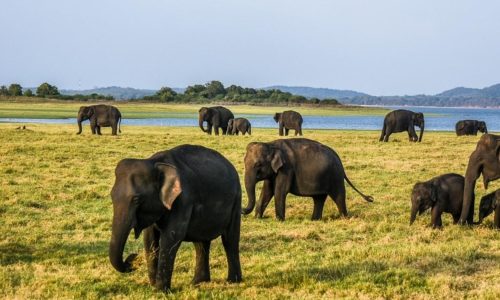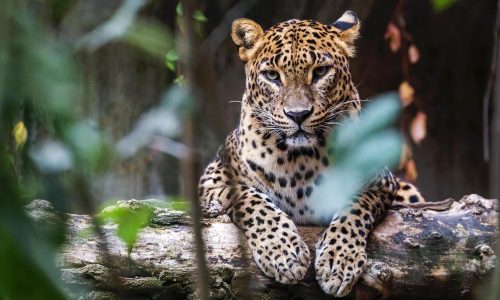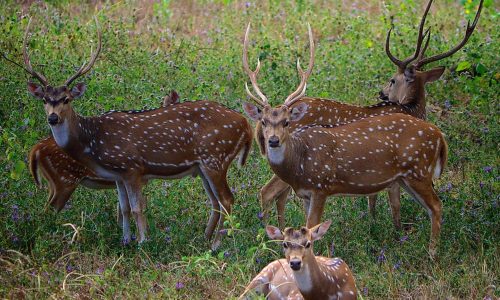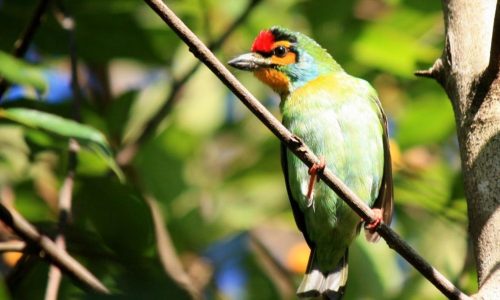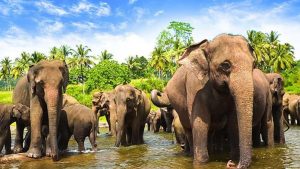Minneriya National Park, located in the North Central Province of Sri Lanka, is a natural haven for wildlife enthusiasts and nature lovers. The park covers an area of approximately 8,890 hectares and is known for its rich biodiversity, breathtaking landscapes, and cultural significance.
The park is home to various wildlife, including elephants, leopards, sloth bears, deer, sambar, water buffalo, and bird species. However, the park’s highlight is the gathering of elephants, where hundreds of elephants congregate around the Minneriya tank during the dry season (June-September), making it one of the largest elephant gatherings in the world.
Apart from its wildlife, Minneriya National Park is also known for its historical and cultural significance. The park surrounds the old Minneriya tank, built in the 3rd century AD by King Mahasena of Anuradhapura. The tank served as a vital source of irrigation for the surrounding paddy fields, and it still functions as a primary source of irrigation in the area today.
Visitors to Minneriya National Park have several options for exploring the park, including jeep safaris, guided walks, and birdwatching tours. Jeep safaris are the most popular way to explore the park, and visitors can choose from half-day or full-day excursions, depending on their preferences. The jeeps are designed for wildlife viewing and accommodate up to six passengers.
The park has several designated picnic areas and rest spots where visitors can take a break from their safari and enjoy the beautiful scenery. There are also several observation points around the park, where visitors can watch the elephants and other wildlife from a safe distance.
Minneriya National Park is a popular destination for both local and international tourists, and it has become an essential source of income for the local communities in the area. The Department of Wildlife Conservation manages the park and has implemented several measures to ensure the park’s sustainability and wildlife.
In conclusion, Minneriya National Park is a must-visit destination for anyone visiting Sri Lanka. The park’s unique blend of wildlife, history, and culture makes it a truly unforgettable experience. Whether you’re an avid wildlife enthusiast or a nature lover looking for a peaceful retreat, Minneriya National Park has something for everyone.

